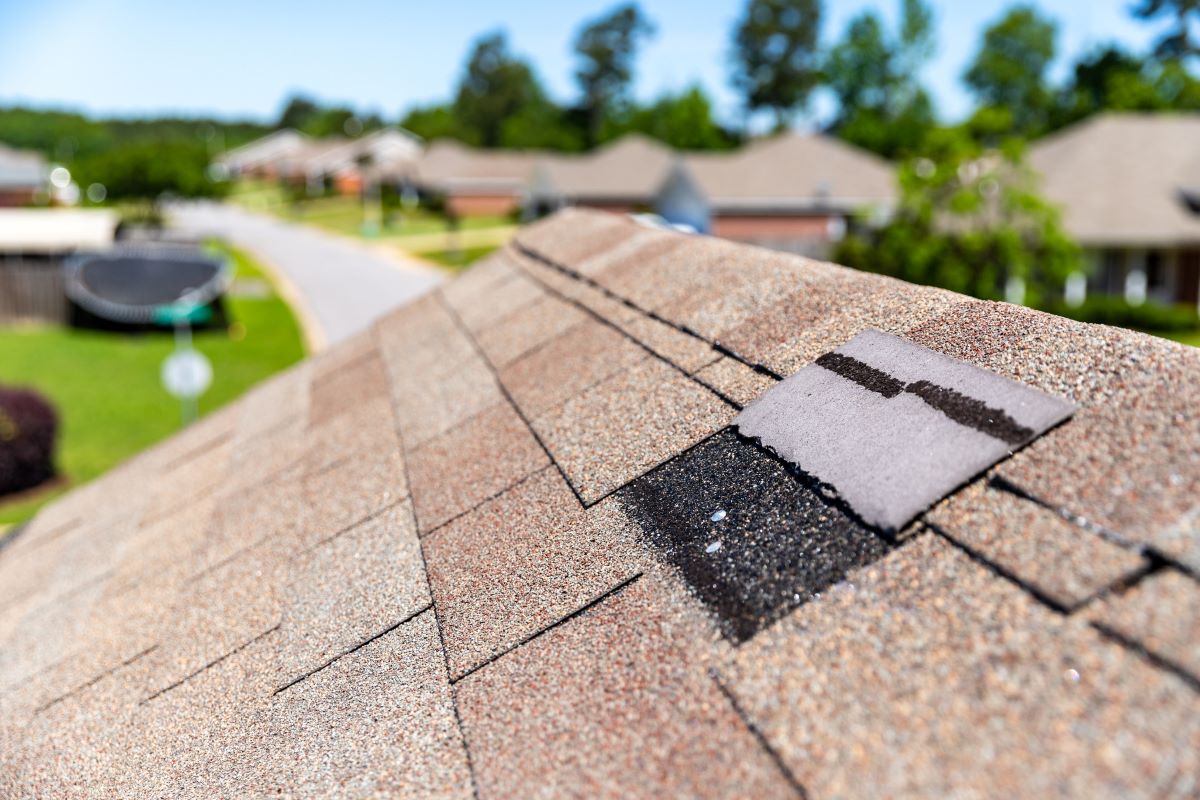
Weather can be unpredictable, and sometimes storms can cause significant damage to your property. In such instances, having insurance can provide financial relief. However, navigating the process of filing storm damage insurance claims can be overwhelming. Here are some tips to help you through this process smoothly.
Understanding Your Insurance Policy
Before filing a storm damage insurance claim, it's crucial to understand your insurance policy. Take some time to review your policy documents to determine what is covered and what is not. Here are some key points to consider:
Policy Coverage
- Identify the types of storm damage covered by your policy, such as wind, hail, or water damage.
- Check if there are any specific exclusions for certain types of damage.
- Understand your coverage limits and deductibles.
Claim Filing Deadline
- Be aware of the time frame within which you need to file a claim after the storm damage occurs.
- Missing the deadline could result in your claim being denied.
Evaluating the Damage
After a storm has passed, it's important to assess the damage to your property before contacting your insurance company. Here's what you should do:
Document the Damage
- Take photos and videos of the damage to provide visual evidence for your claim.
- Make a list of all the damaged items and structural issues in your property.
Temporary Repairs
- If necessary, take steps to prevent further damage, such as covering a leaky roof or boarding up broken windows.
- Keep receipts for any temporary repairs as these expenses may be covered by your insurance policy.
Filing the Claim
When it's time to file your storm damage insurance claim, there are several steps you can take to ensure a smooth process:
Contact Your Insurance Company
- Notify your insurance company as soon as possible to start the claims process.
- Provide them with all the necessary documentation, including photos, videos, and a detailed list of damages.
Meet with the Adjuster
- Your insurance company will likely send an adjuster to assess the damage in person.
- Accompany the adjuster during the inspection and point out all the damage you have documented.
Keep Detailed Records
- Keep a record of all communication with your insurance company, including phone calls, emails, and letters.
- Save copies of all documents related to your claim, such as estimates, receipts, and invoices.
Negotiating Your Claim
In some cases, your insurance company may offer a settlement that you feel is insufficient to cover the full extent of the damage. Here are some tips for negotiating your claim:
Get Multiple Estimates
- Obtain repair estimates from reputable contractors to compare with the insurance company's assessment.
- If there are discrepancies, provide the adjuster with the additional estimates and evidence to support your claim.
Seek Professional Help
- If you are having difficulty reaching a fair settlement with your insurance company, consider hiring a public adjuster to represent your interests.
- A public adjuster can help negotiate on your behalf and ensure you receive the compensation you deserve.
Appealing a Denied Claim
If your storm damage insurance claim is denied, don't lose hope. You have the right to appeal the decision. Here's what you can do:
Review the Denial Letter
- Carefully read the denial letter from your insurance company to understand the reasons for the denial.
- Check if there were any errors or misunderstandings that led to the denial.
Provide Additional Evidence
- If you believe your claim was wrongly denied, gather additional evidence to support your case, such as expert opinions or further documentation of the damage.
- Present this new evidence to your insurance company and request a reevaluation of your claim.
By following these tips for filing storm damage insurance claims, you can navigate the aftermath of a storm more effectively and secure the assistance you need to repair and restore your property.
